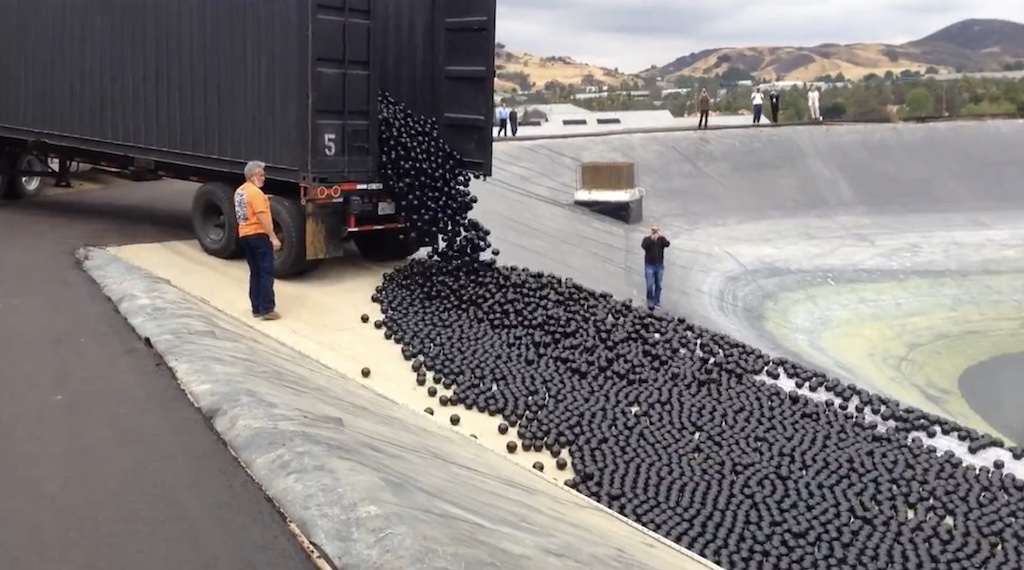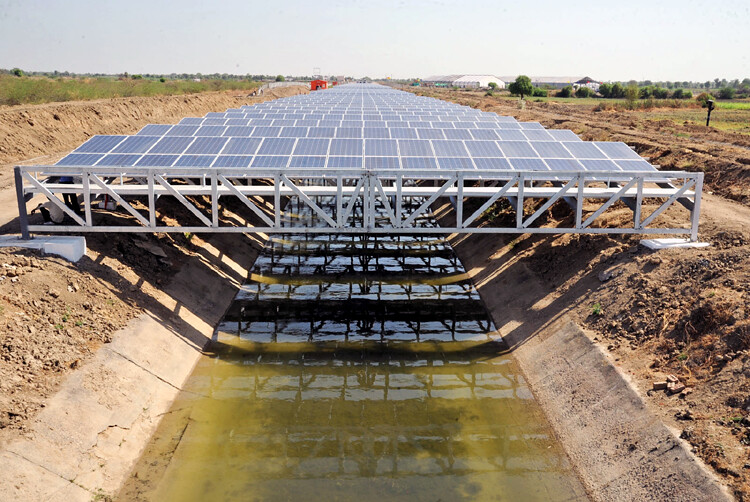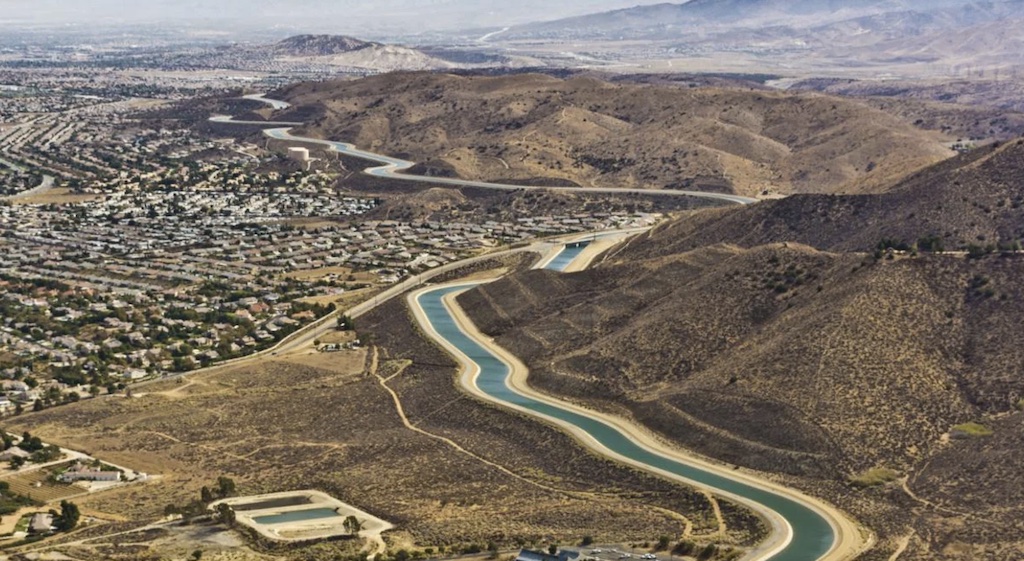In regions like California, the evaporation of swamps and water transfers is a serious problem that has led the federal state to take measures, sometimes unusual ones. Like When he covered various water reservoirs with plastic balls to avoid high evaporation rates in times of severe heat waves.
Water is a scarce resource that is increasingly gaining strategic value, and that may become scarce shortly. Access to drinking water sources is the reason for major regional conflicts in different areas of the globe.

For this reason, ideas arise to save every last drop of a scarce and essential resource for citizenship and development. A new concept has used the California data to argue for a solution that has a double advantage.
On the one hand, we are saving millions of liters of water by preventing storage and transport evaporation, all while generating clean and renewable energy.
The new proposal seeks to install solar panels over California’s water channel network, which could save the state about 63 billion gallons of water. At the time, 13 gigawatts of renewable energy would be produced each year, according to a feasibility study published in Nature Sustainability.
California currently carries more water than any other system in the world. 75% of the state’s available water is in the northern part (one-third), and the remaining two-thirds in the south, representing 80% of the state’s demand.

Covering the channels with solar panels would reduce evaporation by protecting the sun’s liquid element (it also prevents the spread of plants that obstruct the media). An extra advantage of this solution is that the cooling effects of the water itself would increase the photovoltaic panels’ efficiency
The solution studied also has a triple advantage. Along with saving water, the production of 100% renewable energy adds a further edge. Covering the canals frees up land elsewhere that won’t need to be surrounded by a photovoltaic park, according to Wired Michael Kiparsky, director of the Wheeler Water Institute at UC Berkeley School of Law.
Kiparsky has compared this idea to placing solar panels on the roof of a house instead of occupying the house’s entire garden or backyard.
“You are taking something that has already been altered by human activity and doubling the benefits it provides. That’s the important part,” says Kiparsky.
The development of solar power on channels is an emerging response to the energy-water-food nexus, resulting in multiple benefits for water and energy infrastructures.
Studies on examples of solar photovoltaic installations on channels have shown better photovoltaic performance due to the cooler microclimate next to the channel.
Additionally, the shade from photovoltaic panels has been shown to mitigate evaporation and potentially mitigate aquatic weeds’ growth. However, evaporative savings and financial collateral benefits have not been quantified in the central canal systems.
The study uses regional hydrological and techno-economic simulations of photovoltaic solar panels covering the 6,350 km canal network throughout California. This is the most extensive transportation system globally and covers a wide range of climates, insolation rates, and water costs.
After the investigation, it was found that solar energy on the channel could reduce annual evaporation by an average of 39 + 12 thousand m3 per km of the channel.
Also, the financial benefits of covering the channels outweigh the additional costs of the cable support structures required to traverse the channels.
The net present value of on-channel solar power exceeds conventional terrestrial solar energy by 20-50%, defying the convention that traditionally leaves canals uncovered.
This calls into question the understanding of the cheapest locations for solar energy.

